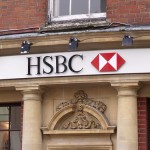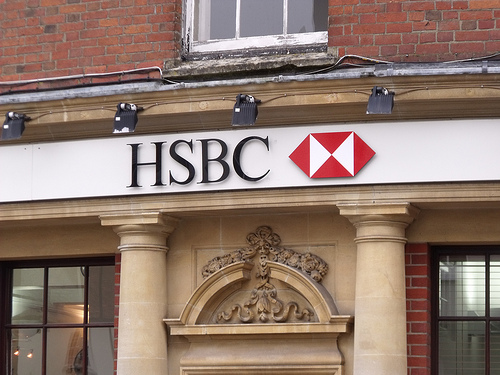
There is no copyright on investment ideas and the news that Neil Woodford has been buying into HSBC will cause a few people to cast an eye over the much-loved financials sector. Woodford famously sold out of banks before the crisis and so is worth paying attention to on this subject. I do remember him making a comment, in the midst of the panic, stating that banks would probably not be investable for about five years. Well, he has been as good as his word.
According to an article on Forbes, James O’Shaughnessy, author of the influential What Works On Wall Street, analysed how the various stock market sectors have performed from 1968 to 2009 and found that, after consumer staples, financials were the second best performing over that period providing returns of 12.4% per year. (I haven’t read this book myself yet, but I will.) The financials sector includes a wide range of businesses that manage money, such as, banks, credit card companies, insurance, brokers, and asset managers. There was a noticeable lack of any financials in the Best Performing S&P firms list, provided by Jeremy Siegel, which I looked at recently, but perhaps this was due to higher takeover activity in this sector or due to the list being compiled just after the financial crisis? I don’t know, but O’Shaughnessy’s list runs up to 2009 and so this would cover the Great Chaos too.
I hold no banks directly in my portfolio. This was pure dumb luck going into the crisis but, while dripping monthly savings into my account as events unfolded, there always seemed to be simpler alternatives that looked at least as promising as the various nerve-wracking financial alternatives that were available. I don’t think that you should look to your retirement fund to provide excitement in your life.
But it is now five years on from the panic and the dust has settled. Any banks still with us and fully-functioning have, by definition, survived the mother and father of all stress tests and thanks to the bodies on the battlefield have fewer pesky competitors to deal with, albeit that they now have more vigorous regulators instead. If interest rates do eventually normalise then it won’t help many companies, but it could help banks increase their profitability. So what would be the runners and riders, if I were to look at this sector?
- HSBC
Britain’s largest bank has a very tempting yield of 4.6% that is considered more than sustainable by Woodford. Its market cap is a colossal £120b and it is currently selling at a price/book ratio of 1.1, which is lower than it was at the height of the crisis when it was 1.3 (according to Morningstar). On the other hand, return on equity is also down, which possibly explains the lower price to book. But, currently selling for just over 8 times 2014’s estimated pre-tax earnings, this, at first glance, look far from expensive. - Standard Chartered
The more modestly proportioned Standard Chartered (32b) is another global operation, and makes most of its money in Asia, Africa and the Middle East, in different field including: corporate finance, trade finance, and fx. There is also a consumer business with a sizable and conservatively-financed mortgage portfolio. Its breakneck growth of the last decade has recently slowed down and it is selling at an estimated price to earnings multiple of 9.5 for 2014 earnings and also 1.2 times book value, both of which look very reasonable. The dividend is also about 4%. At about 8 times 2014’s estimated pre-tax earnings this also looks promisingly unpopular and has clearly given up its market darling status. - Bank of Ireland
Speaking of the 2008 stress test, here is one that made it through by the skin of its teeth. But make it through it did, and it is now virtually the last man standing in the re-emerging Irish economy. DL is predicting a token dividend of 0.02c this year. Expected to return to profit this year, DigitalLook is forecasting pre-tax earnings of 485m euros but with a market cap of 8,269m euros, it is selling for 17 times earnings, which looks expensive enough to dissuade me from further investigation. - JP Morgan
Moving across the pond, this is the ultimate highly diversified giant. Dimon has stated on several occasions that JP Morgan is ready for higher rates and expects to profit from them, which is good. It also seems to have skirted the break-up threat, for the time being at least. JPM had pre-tax earnings of $6.50 in 2013, a figure that included some significant one-off legal expenses. At its current price of $53.31, JPM is also selling at only 8 times 2013 pre-tax earnings and currently yields a decent 2.85%. JPM, to me, looks clearly disliked and deserving of consideration.
Bank of Ireland aside, these banks do not look hated; but they also look a very long way from being loved. I think that my portfolio could benefit from more diversification (buying four different tobacco companies was not clever) and adding a bank might be a good way to provide it. I will think about it.
Disclosure: I do not currently own shares in any of the companies mentioned in this article.
Disclaimer: This post is not a recommendation to either buy or sell. Please consult your investment advisor.
